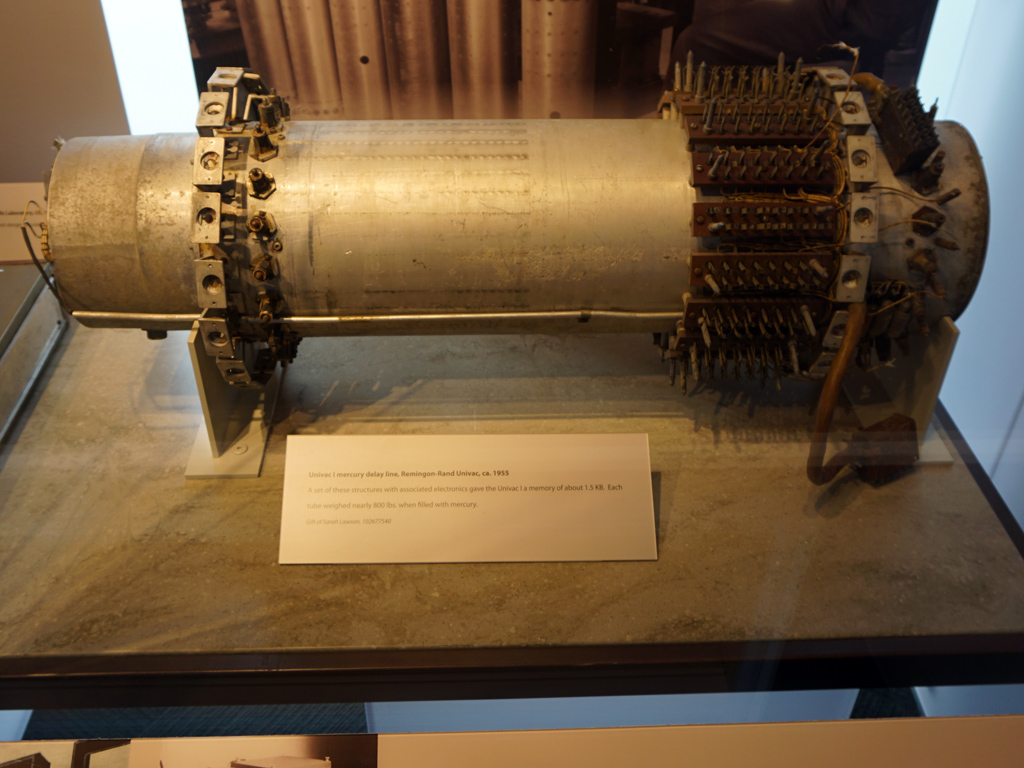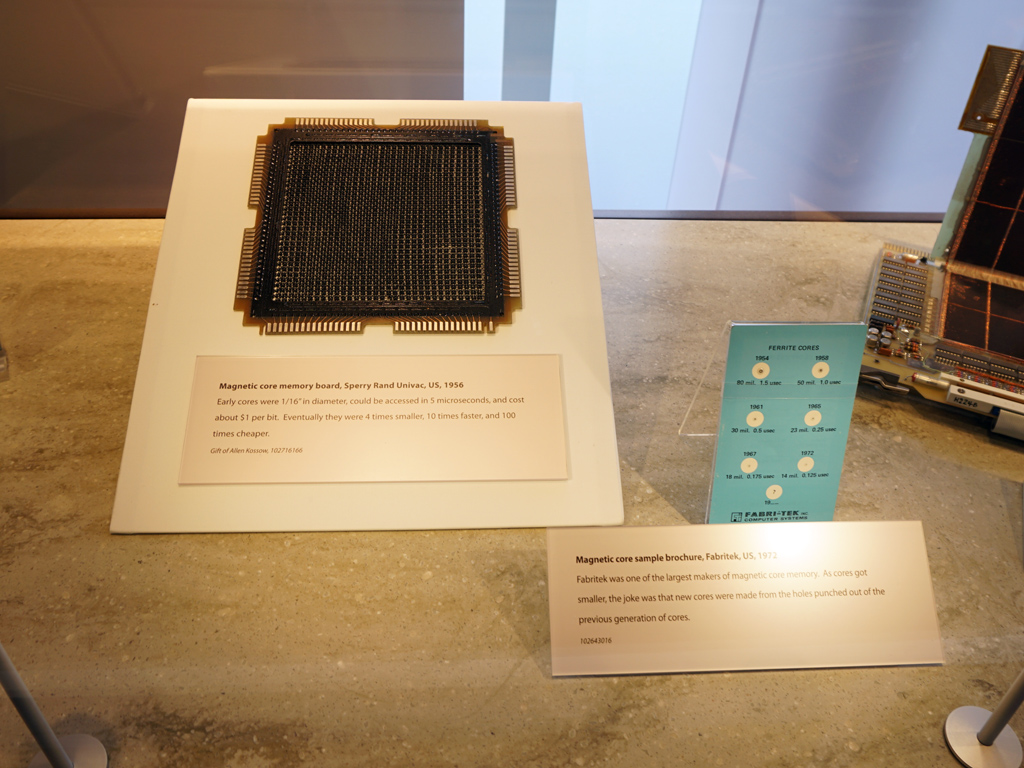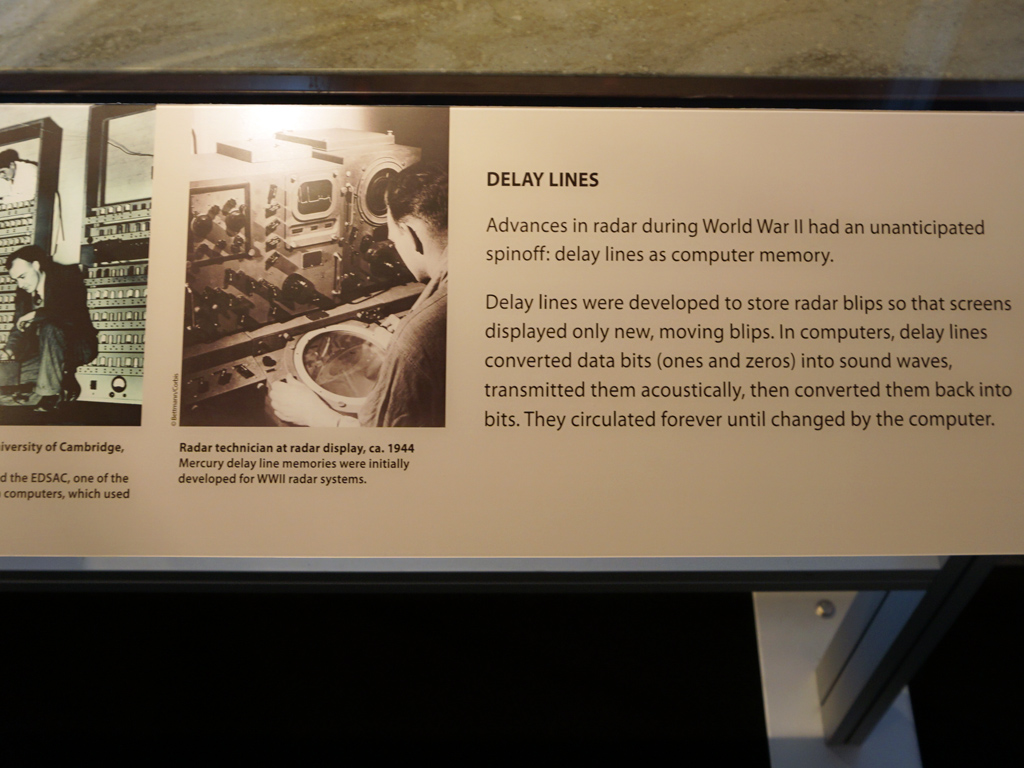Computer History: From The Antikythera Mechanism To The Modern Era
In this article, we shed light on the most important moments in computer history, acknowledging the people that have contributed to this evolution.
UNIVersal Automatic Computer I - UNIVAC I
Eckert and Mauchly, creators of the ENIAC and EDVAC computers, left the Moore School in 1946 and founded the Eckert–Mauchly Computer Corporation, which was later acquired by Remington Rand, a company well known for its typewriting machines. The two inventors continued to innovate by designing and building the first commercial computer worldwide, the BINAC (Binary Automatic Computer), and two years later they came up with UNIVAC I, which we'll focus on in this section.
The UNIVAC I shared many similarities with the EDVAC, and it became famous for predicting the outcome of the U.S. presidential election of 1952, won by Dwight D. Eisenhower, the five-star general that played a key role during the World War II.



The UNIVAC I had 5,200 vacuum tubes, weighed around 13 tons and needed 125 kW of power. It was running at 2.25 MHz and the main memory could store 1000 words of 12 characters. The peripheral devices that could be connected to the UNIVAC I included the UNITYPER and the UNISERVO devices along with an oscilloscope, which was used as a monitor. The UNITYPER was an offline typewriter used by the programmers to write code for the computer, while the UNISERVO could read and write the UNITYPER compatible tapes, so it was a form of an early tape drive.
The successor of the first UNIVAC, the UNIVAC II, was finished in 1958 and it featured an upgraded memory and improved tape drives, which could use either the older tapes or the newer ones. In addition, several circuits used transistors instead of vacuum tubes, which were typical during this period. The new model was fully compatible with the programs that ran on the UNIVAC I, so the transition from the old to the new model was painless.
The UNIVAC III followed in 1962 and was the last in the UNIVAC line. It was a binary machine and although it was originally designed to support all data formats (binary, decimal and alphanumeric), the instruction set along with the word size were completely different, so all previous programs had to be rewritten in order to be compatible. This forced many customers to abandon UNIVAC products.
During the 1960s there were eight American computer manufacturers, commonly referred to as "IBM and the seven dwarfs," since IBM was a huge company compared to the rest. The "dwarfs" included the UNIVAC, CDC, NCR, GE, RCA, Burroughs and Honeywell. Apparently, the competition was fierce. And although IBM had more resources, in many cases its super computers still couldn't beat the competition in performance. Later during the 1970s, the seven dwarfs became five as some of the companies decided to sell their computer departments. This led to a new naming scheme, "BUNCH," which stood for Burroughs, UNIVAC, NCR, Control Data, and Honeywell.
MORE: Best Motherboards
Get Tom's Hardware's best news and in-depth reviews, straight to your inbox.
Current page: UNIVersal Automatic Computer I - UNIVAC I
Prev Page ENIAC And EDVAC Computers Next Page Big Blue Makes Its Entry In The Computer Market
Aris Mpitziopoulos is a contributing editor at Tom's Hardware, covering PSUs.
